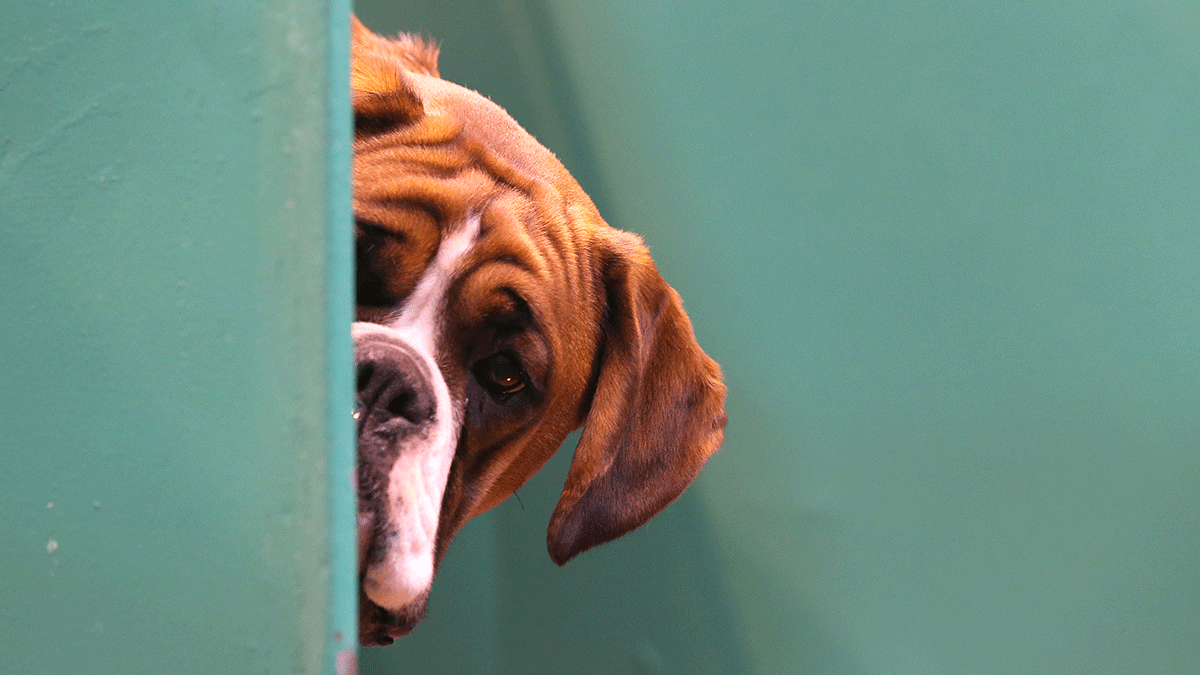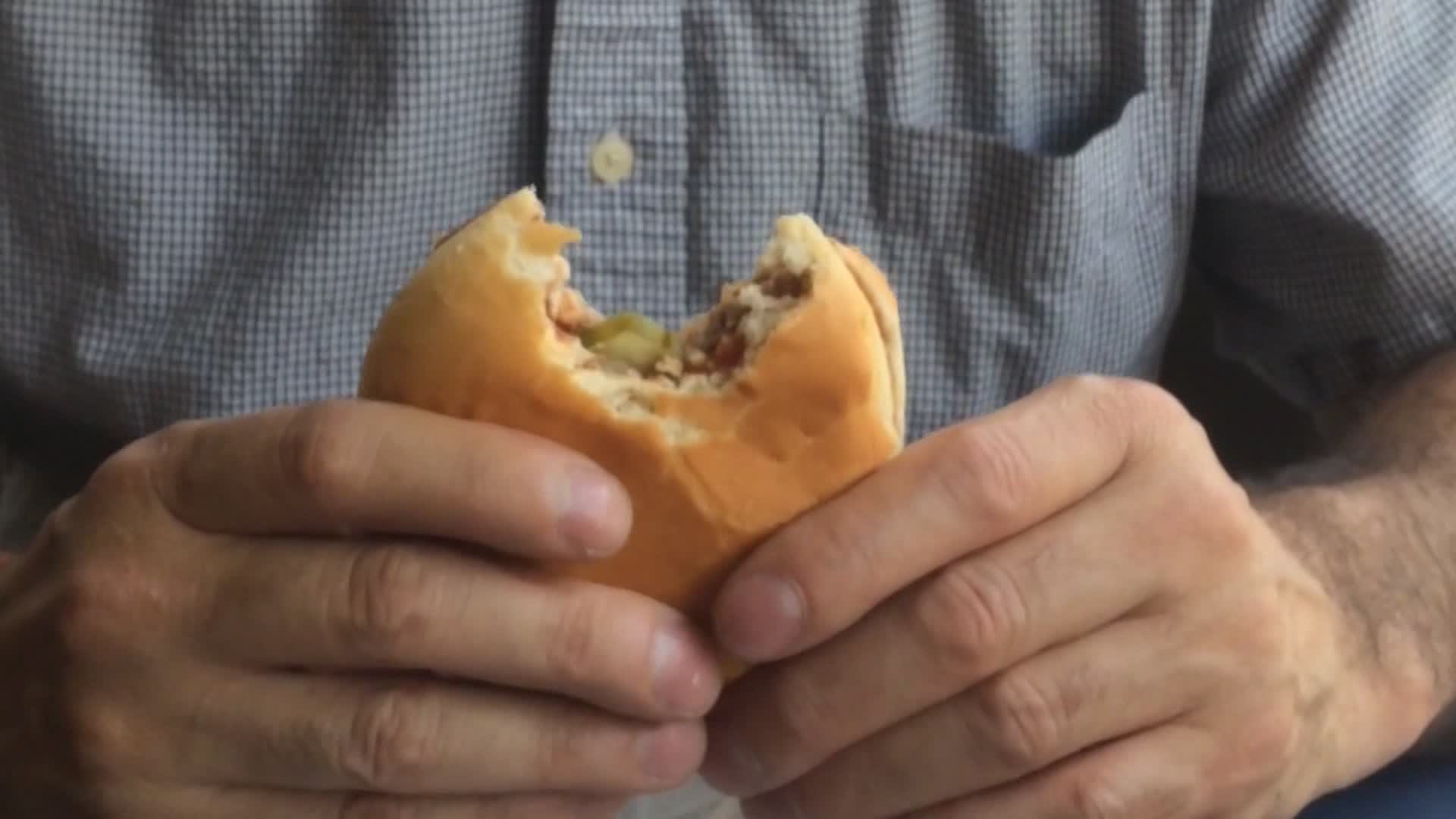What to Know
- See's Candies, based in South San Francisco, has its busiest day of the year on Feb. 13, the day before Valentine's Day
- See's begins making its chocolate-covered candy hearts right after Christmas, and produces hundreds of thousands in a little over a month
- Though much of the South San Francisco factory is automated, some candies are still produced by hand as they were in the 1920s
Although there are no oompa loompas, rivers of chocolate or everlasting gobstoppers inside the See's Candies factory in South San Francisco, it's still a place filled with mysterious magic.
Much like Willy Wonka's fabled chocolate factory, See's rarely offers tours to the public. But as the company prepares to celebrate its 100th anniversary, it doled out a small handful of "golden tickets" to reporters, and we were among the lucky few.
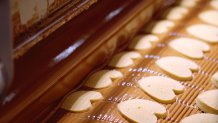
Our tour happened a few weeks ahead of See's busiest day of the year: the day before Valentine's Day. With laser precision, robotic cookie cutters that normally stamp out circles and rectangles were cranking out hearts — small ones and big ones — as confectioners wheeled out giant tubs of their secret-recipe candy fillings from the two massive kitchens.
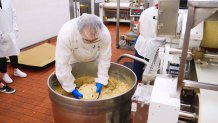
Our tour guide wasn't Mr. Wonka, but he was the next best thing. Bob McIntyre has been See's production manager for 23 years. He's always smiling, and knows the names of every belt, wheel and roller in the whirring stainless steel machines that methodically slather chocolate on top of concoctions of nuts, cream and sugar, coating them in a shiny, flawless shell that snaps when you bite into it.
"This right here is called a licking roller," McIntyre said with a chuckle, pointing to a device that layers chocolate onto the bottom of See's newest creation, a dark chocolate peanut butter heart.
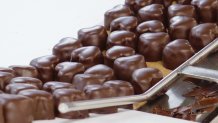
In a room that could easily swallow two football fields, candies pass through solid curtains of molten chocolate, then chilled tunnels that solidify the coating, and then more chocolate, pumped out of 50,000-pound tanks. The delicious smell of that chocolate — delivered by tanker truck from chocolate maker Guittard in Burlingame — finds its way into every nook and cranny of the facility, and even wafts into the office spaces upstairs.
Walking past the final cooling tunnel, McIntyre called our attention to a stack of cardboard rectangles at the end of the production line.
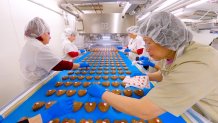
"The only purpose of this (cardboard sheet) is to be able to pick the candy up off the belt and put it in a box," he said with a knowing grin. "Remember the 'I Love Lucy' episode?"
California
News from across California
In what's been deemed one of the funniest moments in television history, Lucy is seen frantically trying to pick up and package individual candies as they pour onto a racing conveyor belt — stuffing them into her hat, her uniform and even her mouth. By allowing employees to lift up a dozen candies at a time, McIntyre said, those simple pieces of cardboard can prevent that hilarious food safety disaster.
A lot has changed since the days of "I Love Lucy," but one thing hasn't: See's hand-dipped bonbons.
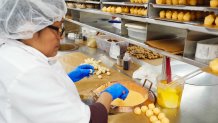
"This goes back to the days of the 1920s," McIntyre said. "And this is how we used to make all our candies — they were hand-rolled."
In a quiet room adjacent to the bustling factory floor, half a dozen employees — most with decades of experience — are busy tossing small lumps of candy, one at a time, into colorful pots of warm fondant. With a flick of the wrist, they retrieve the candy with a curved utensil, set it on a tray, and draw a design on top with the excess fondant — all in one swift motion. Within seconds, the candy hardens.
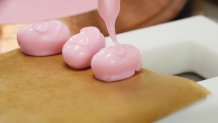
Each candy has its own unique design on top, McIntyre said.
"The pink one has an 'S' for See's," he said, and added, "This is really an art form."
Founded in 1921 in Los Angeles with Mary See's candy recipes, See's Candies is now based in South San Francisco, with over 200 retail stores across the U.S. and Asia.

